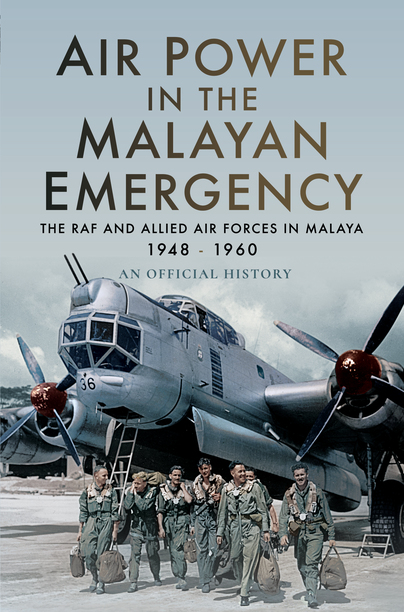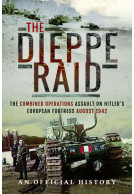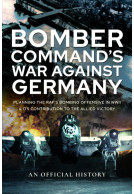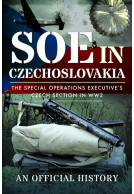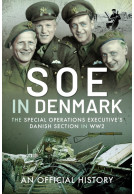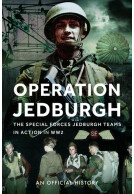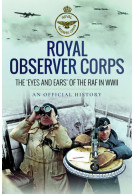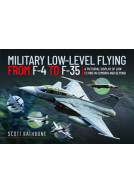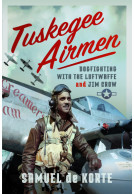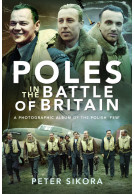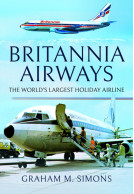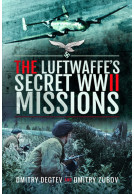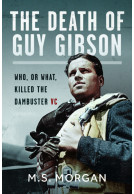Air Power in the Malayan Emergency (Hardback)
The RAF and Allied Air Forces in Malaya 1948 - 1960
Imprint: Air World
Pages: 304
Illustrations: 16 black and white illustrations
ISBN: 9781526726124
Published: 4th April 2024
(click here for international delivery rates)
Order within the next 6 hours, 49 minutes to get your order processed the next working day!
Need a currency converter? Check XE.com for live rates
As early as the 1920s, Communist Soviet and then Chinese agents had been infiltrating Malaya. Then in 1929 the Malayan Communist Party, or MCP, was formed with the intention of overthrowing the Malayan Administration and establishing a Communist-controlled democratic republic. When Japan invaded China, support for the MCP grew and, ironically, following the Japanese occupation of Malaya in 1941, it was the MCP which received backing from Britain as the main force capable of mounting guerrilla operations against the invaders.
After the end of the Second World War, the MCP revived its original aims through peaceful means but found little popular support amongst the Malayans. So the Communists turned to violence. By the summer of 1948 the scale of insurrection was such that Emergency Powers were invoked by the Federal Government on 16 June and the military authorities were called in to assist the civil administration in restoring law and order – and this included units from the RAF, RAAF, RNZAF, and the local auxiliary and national air forces.
The difficulties of operating in a country the size of England and Wales, of which 80 per cent is dense jungle, against a mobile force of less than 10,000, were immense. Yet over the course of the Emergency a highly-effective system of rapid response to guerrilla attacks and planned offensive strikes was developed. Though never amounting to more than six or seven squadrons, typically equipped with Spitfires, Beaufighters, Tempests, Lincolns and Sunderlands, and later with Vampires and Venoms, the RAF and Commonwealth crews helped the British and Malayan authorities defeat the insurgents.
Helicopters also played a key role in the air effort in Malaya, carrying troops and freight and, of particular importance, assisting with casualty evacuations. Helicopters were also used to spray crops grown in the depths of the jungle with toxic liquid as part of a programme to deny the insurgents of food.
Air Power in the Malayan Emergency provides a comprehensive picture of the surprisingly wide-ranging roles undertaken by the combined air forces, complete with facts and figures on the operations of all the aircraft types involved. Supplemented with original photographs, this is a fine account of a difficult and arduous campaign undertaken at the height of the Cold War.
"...this is a must for anyone with an interest in air operations or RAF history. It is a crisp in-depth study..."
Britain at War Magazine
As featured in
Flypast - October 2024
"As the official history of what was regarded as the most successful post-war counterinsurgency campaign, this title is a must for anyone with an interest in air operations or RAF history."
Britain at War Magazine - July 2024
"Highly recommended."
Aviation News - July 2024
"Of great value to the historians among you and anyone interested in the early use of helicopters by the UK military."
Helicopter International - HeliData, 1st May 2024
In May 1970 the UK Ministry of Defence produced Air Publication 3410 ‘Royal Air Force – The Malayan Emergency 1948-1960.’ Classified ‘Restricted’ at the time it has now been republished verbatim in this well produced and very welcome book. The original work was an in-depth study, including the most comprehensive statistical analysis of the use and effectiveness of air power during the 12-year-long campaign against the Communist insurgency in Malaya. Initially, the text explains the background and describes the insurgent and security forces before giving an overview of the campaign. The main body then covers the organisation of the air forces (RAF, RAAF, RNZAF and RN) available before covering each major activity by role, viz: offensive air support, medium and short-range transport and air reconnaissance. It also outlines the raising of local forces before offering a concise summary. No fewer than 25 annexes provided detailed statistics of the campaign. The narrative is crisply written and readable, however. Highly recommended.
Andrew Thomas - Author and Historian
About An Official History
An official account prepared for the War Office at the end of the Second World War.







